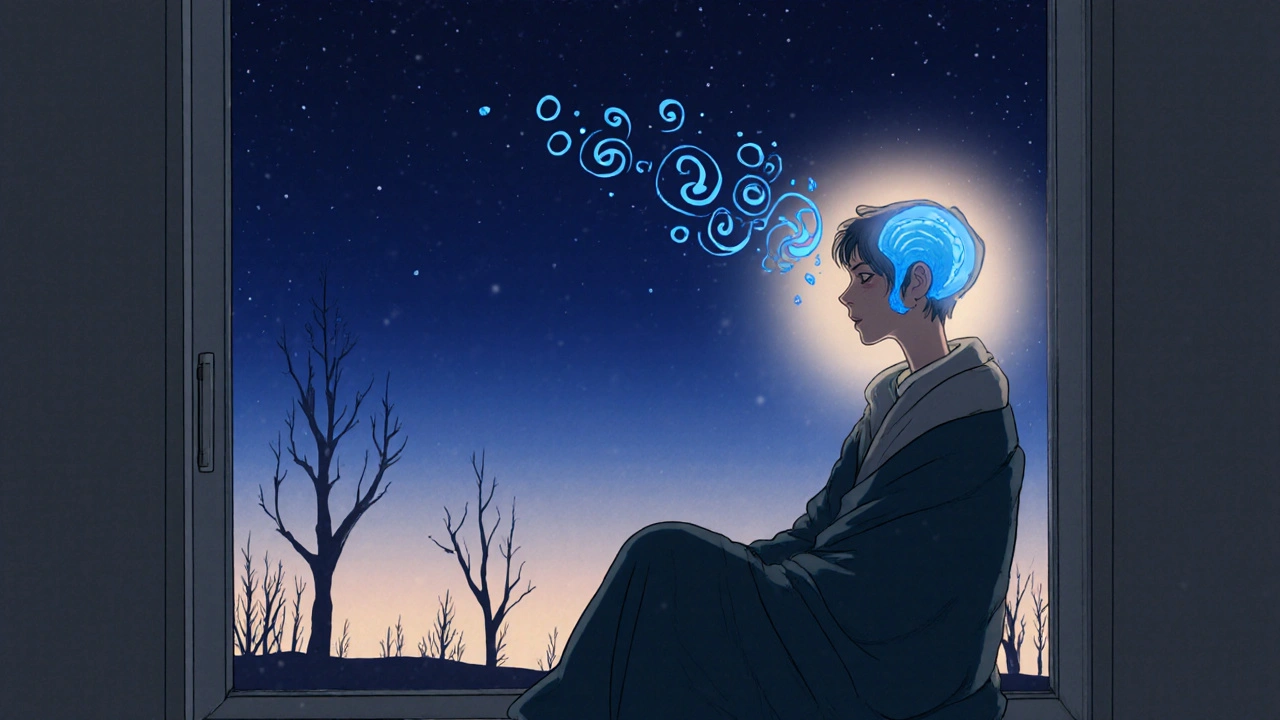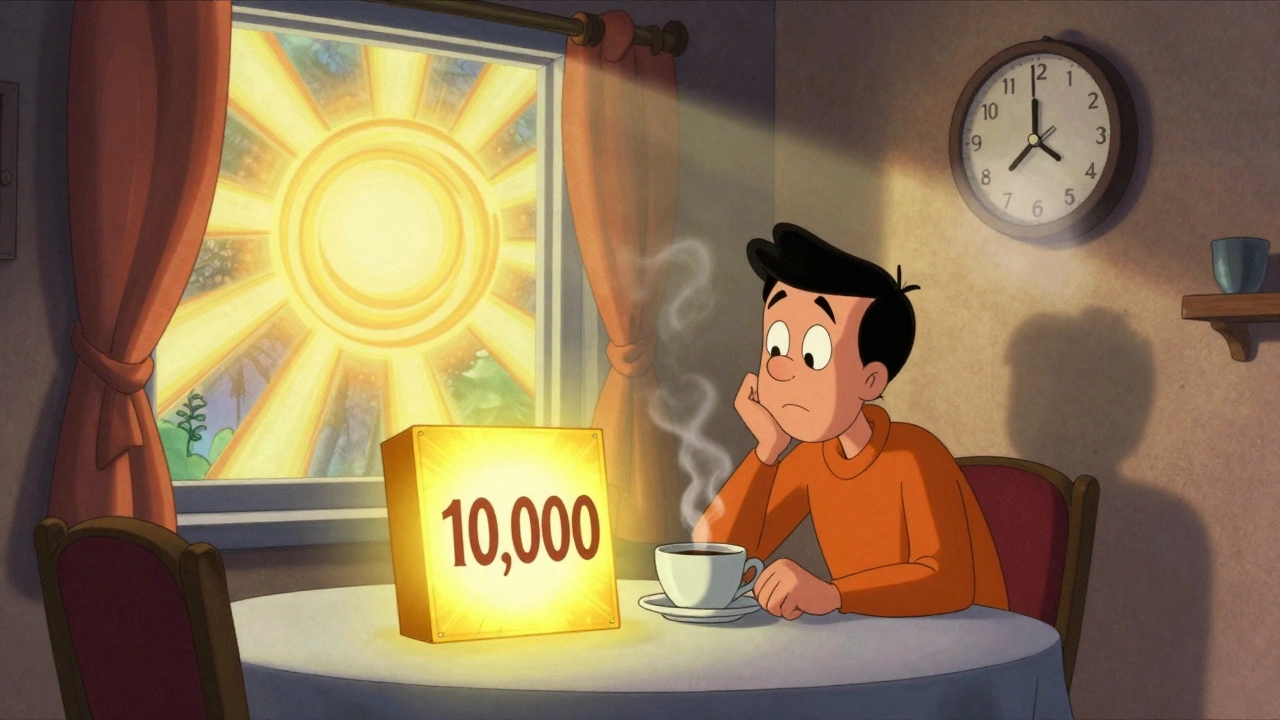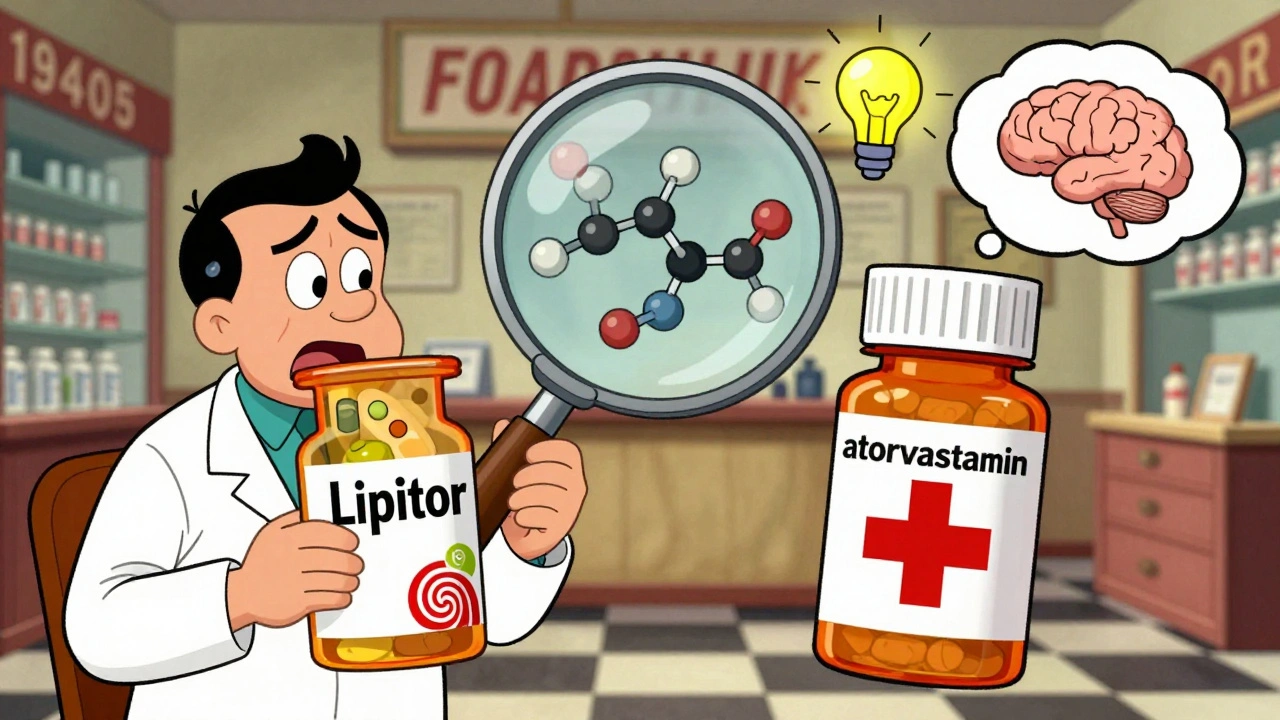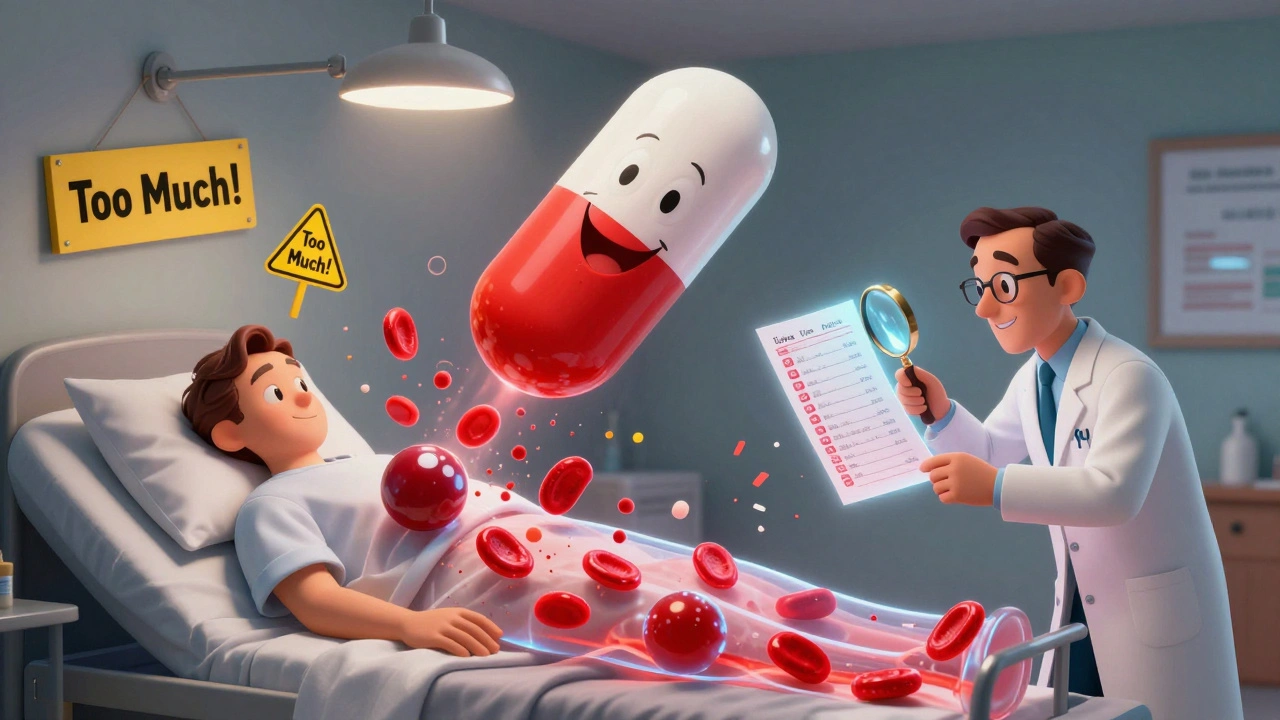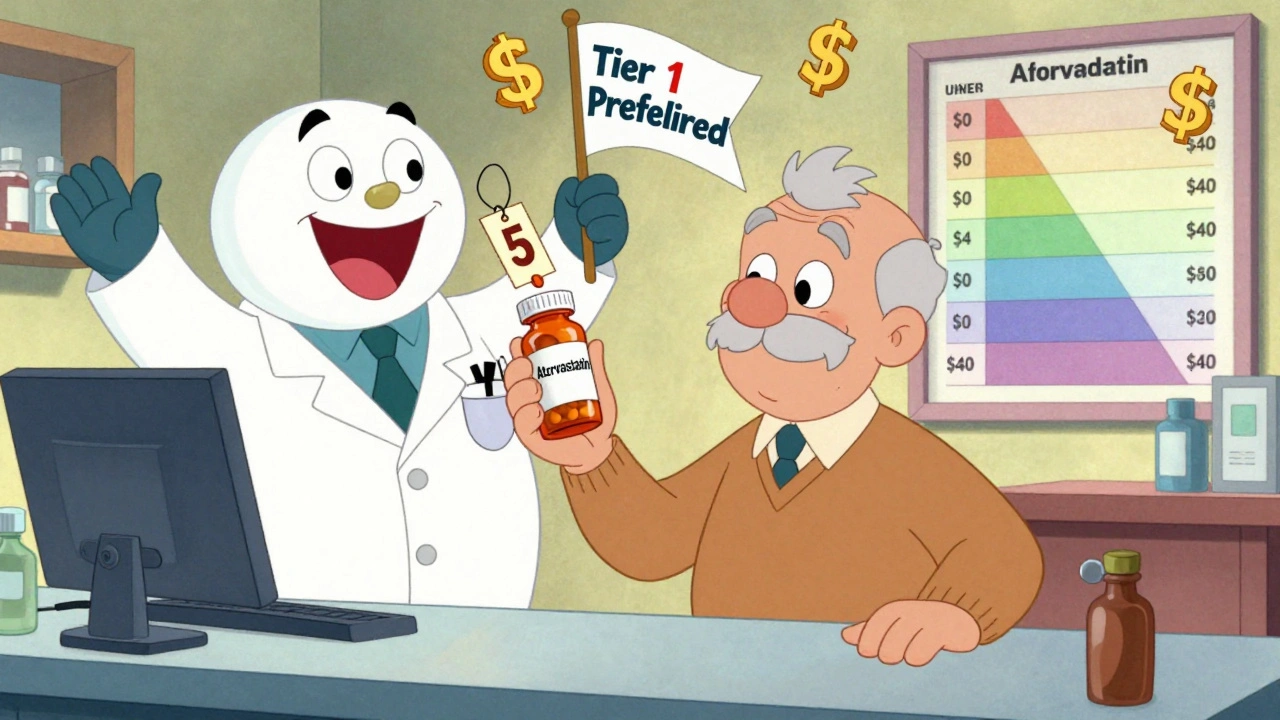SAD: Understanding Seasonal Affective Disorder and What Works
When the days get shorter and the sun disappears for months, some people don’t just feel a little down—they feel trapped in a fog of fatigue, sadness, and hopelessness. This isn’t just the winter blues. It’s Seasonal Affective Disorder, a type of depression that follows a seasonal pattern, usually starting in late fall and lasting through winter. Also known as SAD, it affects your energy, sleep, appetite, and mood in ways that don’t go away with a good night’s rest or a walk outside. Unlike regular depression, SAD has a clear trigger: lack of sunlight. Your body’s internal clock, or circadian rhythm, gets thrown off. So does your serotonin and melatonin balance—the chemicals that control mood and sleep.
That’s why light therapy, a treatment using special bright lights that mimic natural sunlight is one of the most common and proven fixes. People use light boxes for 30 minutes a day, often first thing in the morning, and many see improvement within days. But light therapy isn’t the only option. antidepressants, especially SSRIs like sertraline or escitalopram, are prescribed when symptoms are severe. And while supplements like vitamin D get talked about a lot, the science is mixed—some people benefit, others don’t. What’s clear? Movement helps. Even short walks in daylight can shift your mood. So can sticking to a regular sleep schedule, cutting back on sugar, and avoiding social isolation.
The posts below aren’t about theory. They’re about what people actually use and what works in real life. You’ll find comparisons between medications like Trazodone and other sleep aids that help with SAD-related insomnia. You’ll see how anxiety and sleep disorders feed into each other during the darker months. There’s advice on managing holiday stress, which often makes SAD worse. And you’ll find practical tips—like how to choose a light box, what foods might help, and when to talk to a doctor instead of just pushing through.
If you’ve ever felt like you’re dragging through November to February, you’re not alone. And you don’t have to just wait for spring. The right tools, used the right way, can make a real difference. Let’s look at what’s out there.
Melatonin and Seasonal Affective Disorder: How They’re Linked
Explore how melatonin impacts Seasonal Affective Disorder, learn the science behind seasonal mood shifts, and get practical tips like light therapy and supplement timing to feel better in winter.

